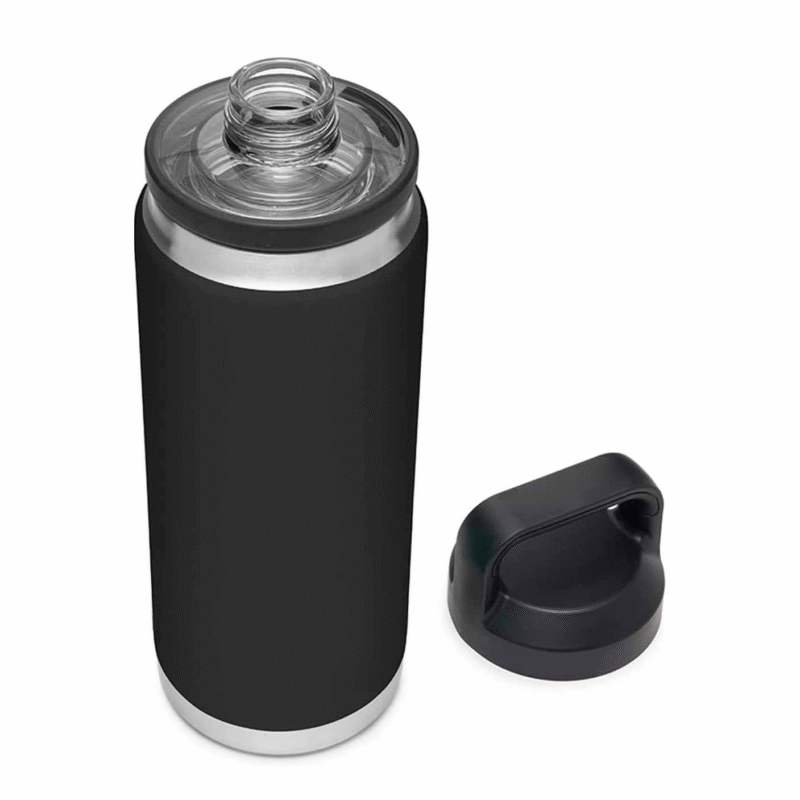Detailed explanation of the insulation principle of stainless steel vacuum flask

The seemingly simple double-layer metal structure of a stainless steel thermos flask actually embodies sophisticated physical principles and advanced manufacturing techniques. Many people wonder how two layers of stainless steel can achieve such excellent insulation. The secret lies in the use of “vacuum insulation” technology.

The core of the thermos flask lies in its double-layer stainless steel hollow structure. A high vacuum is created between the two metal layers, which is the key to achieving heat preservation. During the manufacturing process, engineers place a special getter (usually activated carbon) at the bottom of the flask. Then, they heat it at temperatures exceeding 500°C to fully react and completely consume any trace gases remaining in the vacuum layer. This process ensures a near-perfect vacuum layer, laying a solid foundation for its thermal insulation performance.
The vacuum layer effectively blocks both conduction and convection of heat. As we all know, heat transfer requires a medium, and a vacuum environment, with its near-absence of air molecules, significantly slows heat loss. Experiments have shown that the insulation performance of a high-quality vacuum flask can be dozens of times greater than that of an ordinary single-layer flask.
However, a vacuum layer alone isn’t perfect. Heat can still travel through radiation in a vacuum. To address this, manufacturers employ another ingenious design: coating the outer wall of the inner container with a layer of copper or aluminum. This metal coating creates a smooth, mirror-like reflective surface that effectively reflects infrared heat radiation from within the cup. This design acts like a “thermal mirror” for the thermos, constantly reflecting heat within the cup rather than dissipating it.
The material choice of the thermos is also crucial. High-quality stainless steel vacuum insulated bottles are typically made from food-grade 304 or 316 stainless steel. These materials not only meet food safety standards but can also withstand high-temperature processing, ensuring the long-term stability of the vacuum layer. The durability of stainless steel also allows the thermos to withstand the rigors of daily use.
In summary, a high-quality stainless steel vacuum insulated bottle effectively creates a triple protection system: the vacuum layer blocks conduction and convection, the metal coating reflects heat radiation, and the stainless steel structure ensures long-term stability. It is the synergy of these sophisticated designs that enables modern thermoses to retain heat for up to 12 hours or more. Whether it’s a hot drink in the cold winter or a cold drink in the scorching summer, the thermos can keep the ideal temperature. This innovative design, which combines physical principles and material science, makes our daily lives more convenient and comfortable.



